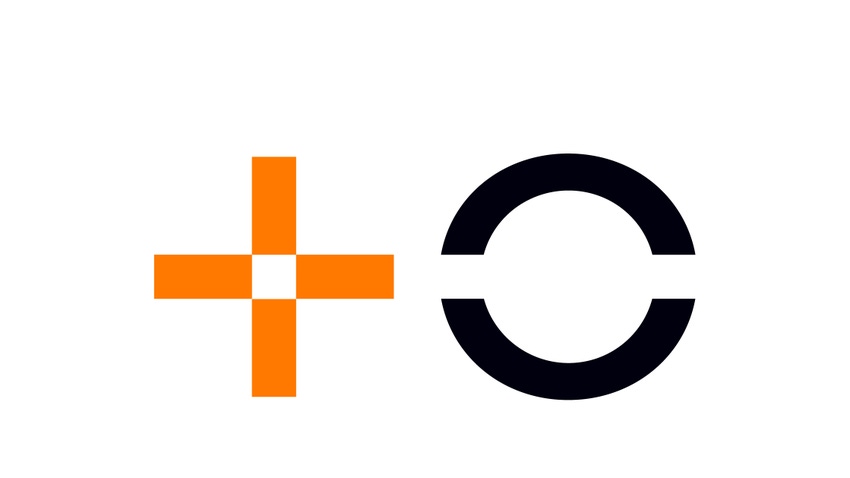MasOrange presents itself to the Spanish telecoms scene
After the EU and the Spanish government both gave the nod to Orange's merger with MasMovil, the new combined Spanish operator has been announced as MasOrange.
April 4, 2024

The firm represents an estimated enterprise value of around €18.6 billion. It accounts for 30 million mobile lines, 7.3 million broadband users and 2.3 million television users. It claims to be ‘the first operator in the Spanish market by number of clients’, with a market share of more than 40% in both landline and mobile.
MasOrange comprises nine main brands at the national level (Orange, Yoigo, Jazztel, MasMovil, Simyo, Pepephone, Lebara, Lyca and Llamaya) and five at the regional level (Euskaltel, R, Telecable, Guuk and Embou)
Now it is operating as the larger merged entity, MasOrange has laid out an ‘ambitious industrial plan, a value multiplier for the Spanish economy.’ This has been categorised into ‘5Is’ – income, integration, investment, innovation and positive impact.
Some of the more specific goals it lays out within this framework include a pledge to invest around €4 billion in Spain over the next three years, increase its 5G coverage to over 90% of the population and cover up to 6 million additional homes and 1,700 new municipalities with fibre.
“MasOrange is a reliable partner for all our clients, including companies and public administrations. We are going to invest and innovate more to offer the highest quality service in a sustainable way,” said Meinrad Spenger, CEO of MasOrange. “MasOrange's industrial plan demonstrates our commitment to investing in Spain in the development of new telecommunications infrastructure at the service of the Spanish market and consumers.”
The Spanish government gave its blessing to the merger earlier this month, after Orange and MasMovil agreed to sell off spectrum to MVNO Digi Communications as well as set up a roaming deal, essentially making the MVNO Spain's new fourth mobile network operator. Having aired some concerns that the merger would be anticompetitive, the EU was also satisfied by the proposed remedy package.
With MasOrange now operating as its own entity, the remedy package means Spain will still have the same number of MNOs as it did before – a situation incumbent Telefónica criticised, saying: ‘The European Commission has missed a great opportunity to adopt an investment-friendly approach that could contribute to Spain's competitiveness challenge, free from regulatory intervention.’
Or in other words, the conditions of selling off spectrum assets to Digi represented too harsh terms on the merger in its view, in that it presents a high barrier to the telecoms sector being able to consolidate if its wishes to.
In terms of the branding of the new firm, it describes the thinking behind the new logo as:
On the one hand, the “MAS”: which represents MASMOVIL and for which the “+” sign is used, where everyone fits and they all add up.
And on the other, the “O”: which represents Orange, the world, universal coverage, security, which is also two parentheses that connect two companies in a single project.
The new corporate identity aims to symbolize an integrative, simple, innovative, credible and reliable image. Furthermore, it relies, in its main application, on the colours black, white and orange to create a more modern, fresh image that combines attributes of Orange and MASMOVIL.
It’s easy to poke fun at the corporate waffle that fills the air whenever the subject of brand identity is brought up, but it’s not as if they can come out and say ‘we were given 3 logos and chose this one’, can they?
About the Author(s)
You May Also Like









.png?width=300&auto=webp&quality=80&disable=upscale)

_1.jpg?width=300&auto=webp&quality=80&disable=upscale)


.png?width=800&auto=webp&quality=80&disable=upscale)